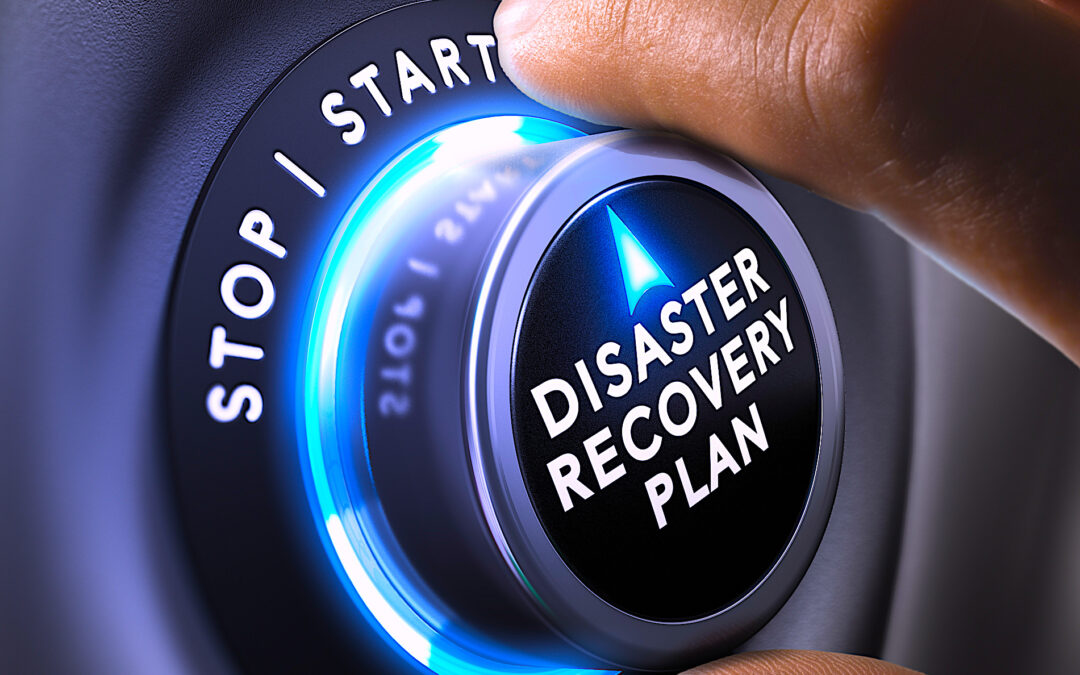Whether you believe in climate change or not, there’s no denying that Mother Nature has been acting in strange ways, not only across North America, but around the globe. In the past year alone, regions of the U.S. and other countries have experienced alarming increases in extreme weather events (hot and cold), as well as increases in coastal and inland storm activity, floods, and firestorms. These situations have been devastating for countless communities, people, and assets, and, in many cases, have put industrial buildings and operations at significant risk.
Whenever a disaster, natural or man-made, strikes a plant, the first calls usually go out to the local Fire Department, paramedics, and/or other emergency responders to save lives that might be at risk. And, if the operation has been damaged by storm, flood, or fire, those services also can help determine the facility’s fit-for-operation state.
If disaster does strike, responsibility often falls on the maintenance department to ensure the building is evacuated and secured as quickly as possible, usually prior to emergency services arriving. To learn more about what a typical maintenance department can do to assist in such an emergency, I spoke with my local Fire Chief several years ago. The information that he shared during our conversation is just as relevant today as it was back then. Perhaps even more so. I’ve recapped some of his points below.
PREPARING FOR THE WORST
As the Chief noted, “Most industries fail to understand that if you are performing activity within your organization, you [the plant owners] are 100% responsible for mitigating, and having the ability to cope with, any potential negative consequences.” This requires the company that’s operating and maintaining a facility to perform a risk analysis on all plant and maintenance operations to assess training to facilitate disaster prevention, and identify resources needed to manage any potential disaster that may occur.
Many times, the Chief recalled, when he sat down with safety committees of various organizations, he would learn that their Emergency Response Plans [ERPs] placed responsibilities such as evacuation and hazard rescue entirely on the emergency responders. But, he emphasized, “It is impossible for us to cope with all elements associated with a disaster.”
It clearly behooves a company to meet with its local Fire Department and other emergency-response providers annually, to discuss and be aware of those organizations’ disciplines and capabilities for different types of disaster scenarios that could affect the plant. Not every Fire Department is trained in all disciplines. Nor are all other emergency service providers. For example, such disciplines can include confined space rescue, trench rescue, water rescue, i.e., boats and divers, hazardous materials, and medical response, especially in rural areas that use volunteer fire fighters. Depending on your operations, you may have to build contingency into your ERP if the site’s special needs cannot be met by your local Fire Department and/or other emergency service providers. (See list below.)
According to the Chief, one of the most important things that an operation can do up front, i.e., before an accident occurs or disaster strikes, is to make sure its company-contact records are up to date. He went on to state, “One of the toughest dilemmas we cope with in industry is current company contacts, such as 24-hour contact people.”
To ensure your operation is prepared for all emergencies, take a close look at the following list. It details a number of proactive steps and actions that companies can take to help reduce their risk:
- Develop an Emergency Response Manual, to include:
- fully documented Emergency Response Plan that includes evacuation and hazard-rescue
information, delegating responsibilities to assigned personnel; - up-to-date 52-wk. after-hours “emergency call in” roster;
- up-to-date 24-hr. contact list of plant manager, safety manager, all emergency personnel.
List should include each person’s email, office, home, and cell phone number(s); - facility mapping showing all fire-exit locations, fire walls and doors, fire- suppression
equipment, (i.e., extinguishers, sprinkler-system nozzle locations, and hydrants), first-aid
stations, eye-wash stations, safety showers, and defibrillator locations; - manifest list of all chemicals, lubricants, gases, fuels, and other hazardous materials
(include raw materials used in the manufacturing process) stored inside and outside
the plant, complete with current Safety Data Sheets (SDSs) and facility locations; - up-to-date building drawing showing location of all chemicals, lubricants, gases, waste
material bins, and production raw materials.
- fully documented Emergency Response Plan that includes evacuation and hazard-rescue
- Update the above list after each change occurrence, and check to ensure all information is
current every six months (Use the work-order system).
- Work with the Fire Department to ensure your facility is compliant with the latest local and state
fire-code standard(s) and allow Fire Department personnel to perform any necessary audit(s).
THE FINAL WORD
Fire Departments and other emergency-service providers excel during disasters when they can arrive at plant sites armed with plans based on up-to-date information. Let’s hope that your ERP never sees action. But should disaster ever strike your operations, the simple proactive steps and actions outlined in this article could help save lives and livelihoods.TRR
ABOUT THE AUTHOR
Ken Bannister has 40+ years of experience in the RAM industry. For the past 30, he’s been a Managing Partner and Principal Asset Management Consultant with Engtech industries Inc., where he has specialized in helping clients implement best-practice asset-management programs worldwide. A founding member and past director of the Plant Engineering and Maintenance Association of Canada, he is the author of several books, including three on lubrication, one on predictive maintenance, and one on energy reduction strategies, and is currently writing one on planning and scheduling. Contact him directly at 519-469-9173 or kbannister@theramreview.com.
Tags: reliability, availability, maintenance, RAM, safety, disaster preparedness, Emergency Response Plans



